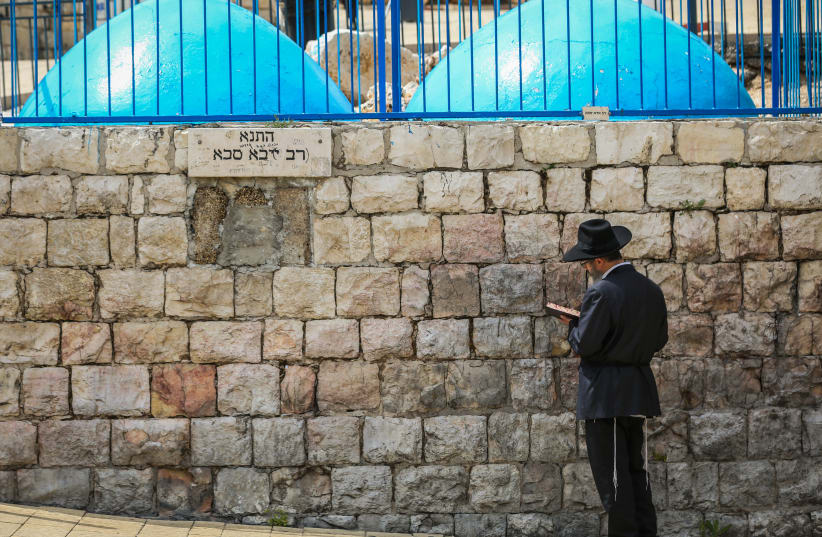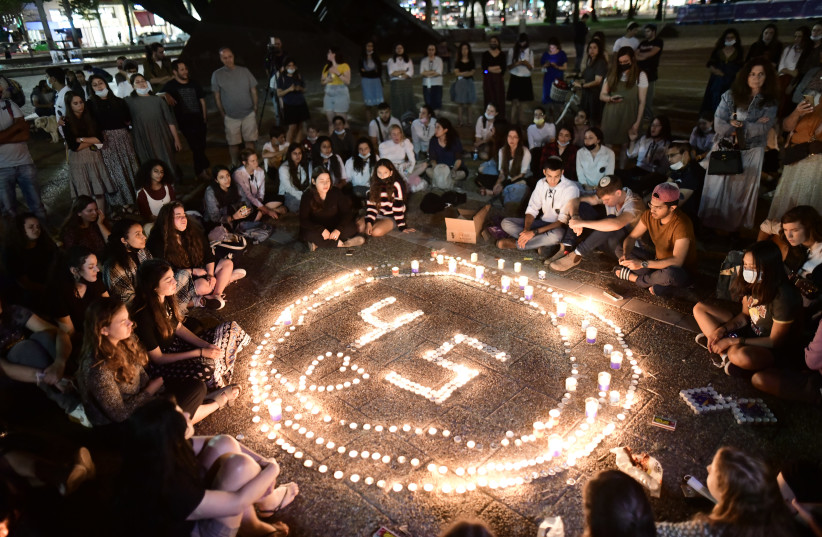The Supreme Court on Monday ruled that the state can demolish six residences that had been built illegally in the Mount Meron area around the grave of mystic Rabbi Shimon Bar Yochai.According to the court and the state, the residences were built illegally without an engineer reviewing their safety and often with materials that were known to be less stable.
The judges said it was important that all issues related to safety be handled before this coming Lag Ba’omer on May 19.
Every Lag Ba’omer, massive numbers of people flock to Mount Meron to celebrate the life and passing of Bar Yochai, known as a leading figure during the time of the Talmud and as one of the founders of Jewish mysticism.
However, last year almost 50 people were tragically killed, many trampling over each other due to a mix of overcrowding and structures for worshipers that were not built safely.
Since then, a state commission of inquiry has been probing both the circumstances that led to the tragedy last year as well as more than a decade of negligence on a variety of safety issues surrounding the Mount Meron area.
Defenders of the structures tried to tell the court that they were built in a low-cost fashion to allow easy upkeep, and that their purpose is to provide food and a place to rest for worshipers traveling to Mount Meron.Further, they said they were in the process of getting after-the-fact building permits, a practice that does sometimes occur in other parts of the country.
Yet, the Supreme Court ultimately was convinced by the state that the structures’ placement and circumstances were a danger that could not be fixed and therefore needed to be removed.

